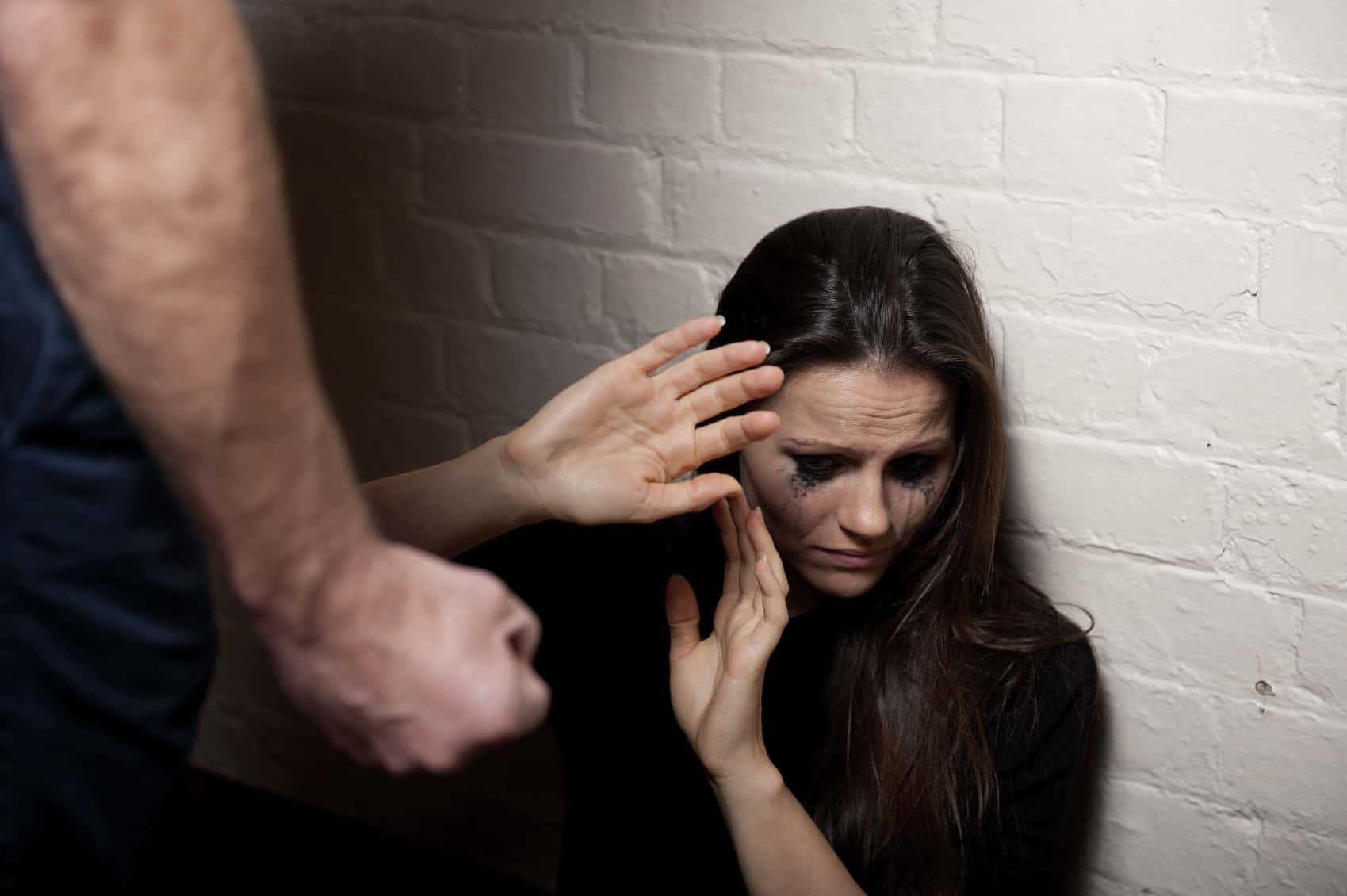What Are the Types of Restraining Orders in California?

When you are suffering from abusive or threatening behavior, it can feel like you have no control over your situation. Though the situation can be hard, it is important to know that you can file for legal action through protective orders or restraining orders.
Understanding the types of California protective orders could help you gain legal protection.
An order of protection can have a number of restrictions for the person who is harming, threatening, or stalking you. They may have to remain a prescribed distance away from your home or your place of work, among other limitations. Violating a protective order could result in criminal charges being pressed against them.
Protective Order Categories
You may file for one of four types of restraining orders, depending on the situation you are in and who is harassing you.
Domestic Violence Restraining Order
A domestic violence protective order is filed to protect you from someone you have a close relationship with who has abused you. The parties may be any of the following:
- Married
- Divorced
- Closely related, including parents, children, siblings, and in-laws
- Registered domestic partners
- In a relationship or once in a relationship
- Living together or used to live together but have a closer relationship than roommates.
- Parents of a shared child
A domestic violence restraining order will be granted if you claim that you are afraid of the person who has harmed you and claim one of the following abusive behaviors:
- Stalking
- Harassment
- Abuse
- Threats of abuse
- Sexual assault
You can file a domestic violence restraining order to protect yourself.
Elder or Dependent Adult Abuse Restraining Order
This type of restraining order is filed to protect elders or dependent adults if they have suffered forms of abuse from a caregiver. You must either be 65 years or older or be between 18 and 64 and have mental or physical disabilities that mean you must rely on others and are unable to protect yourself. Your caregiver may have harmed you through the following:
- Physical abuse
- Financial abuse
- Abandonment
- Neglect
- Treatment or behaviors that have physically or mentally hurt you
- Deprivation of basic needs
You can file a restraining order against this treatment.
Civil Harassment Restraining Order
Civil harassment orders are filed against a person you do not know or don’t know well. This may include the following:
- Strangers
- Friends
- Acquaintances
- Roommates
- Neighbors
- Extended family members
If someone is stalking, harassing, abusing, or threatening you, and they are not closely related to you, you may be able to file for a civil protective order.
Workplace Violence Restraining Order
A workplace violence restraining order can only be filed by the employer, and the behavior must be occurring in the workplace. An employer will file for this type of restraining order if they have an employee who is being stalked, harassed, harmed, or has a credible threat of violence against them. The employee can file a civil harassment or domestic violence restraining order to protect themselves. In contrast, the employer files a workplace violence restraining order to protect the work environment and all employees.
Types of Protective Order Enforceability
Restraining and protective orders don’t all last for the same amount of time. Depending on the situation or where in the filing process you are, they may last anywhere from a week to several years.
Emergency Protective Order (EPO)
This type of protective order is requested by a law enforcement officer and issued by a judge. The order is requested if the officer believes that the protected person is in immediate and serious danger and cannot be requested by the victim. EPOs can be issued 24 hours a day and must fall into the following categories:
- There is sufficient proof of immediate danger because of domestic violence
- A minor is in danger of abuse or abduction
- A dependent adult or elder is in present danger
- The EPO will prevent repeated offenses of abuse, abuse to an elderly or dependent adult, child abuse, domestic violence, or child abduction.
An EPO can make an abuser leave the victim’s home if they live together. An issued EPO is instantly in effect and is enforceable for a week. During the week it is in effect, the victim can file for a restraining order.
Temporary Restraining Order (TRO)
When you file for a protective order, a TRO may be put into place in the time before your hearing for a permanent restraining order. They last somewhere between 20 to 25 days and are issued if the judge believes you will be in danger during the time prior to the hearing.
Permanent Restraining Order
During your court hearing, the judge will determine if you are in danger. If so, they will issue a permanent restraining order. If this order is a domestic violence protective order, it will provide protection for five years, at which point you can apply for another protective order. A civil harassment restraining order will be valid for three years. The parameters of the order will depend on your case.

FAQs
Q: What Qualifies for a Restraining Order in California?
A: If you believe you are in danger or you are afraid of the actions of another person, you may be able to ask for a restraining order. Behavior may include stalking, violence or abuse, threats of violence, sexual assault, or another abusive action. You may file for a civil or domestic violence protective order depending on your relationship with the person.
Q: What Is the Difference Between a Restraining Order and an Order of Protection in California?
A: Generally, there is no difference between a restraining order and a protective order. California law uses them to refer to the same action. These words are used interchangeably for the same court order, which protects a person from abuse, stalking, violence, or threats of violence from another person.
Q: What Is a Domestic Restraining Order in California?
A: A domestic violence restraining order protects a person from someone they have a close relationship and who is abusive. The parties may be closely-related family members, partners or spouses, ex-partners, or have a child together. How the order restricts the violent party will depend on the situation.
Q: Is a Restraining Order Civil or Criminal in California?
A: A restraining order is most often part of the civil court and includes protective orders against domestic violence and civil harassment. A criminal protective order is in criminal court and may be ordered in an ongoing criminal case. These orders can last up to three years after the end of the case.
Bickford Blado & Botros Can Help
The trusted attorneys at Bickford Blado & Botros can walk you through the process of filing for a restraining order and help get you the legal protection you need. Contact our team today.
Feel Free to Contact Our Office with Any Questions
858-793-8884
 San Diego Divorce Attorneys Blog
San Diego Divorce Attorneys Blog


